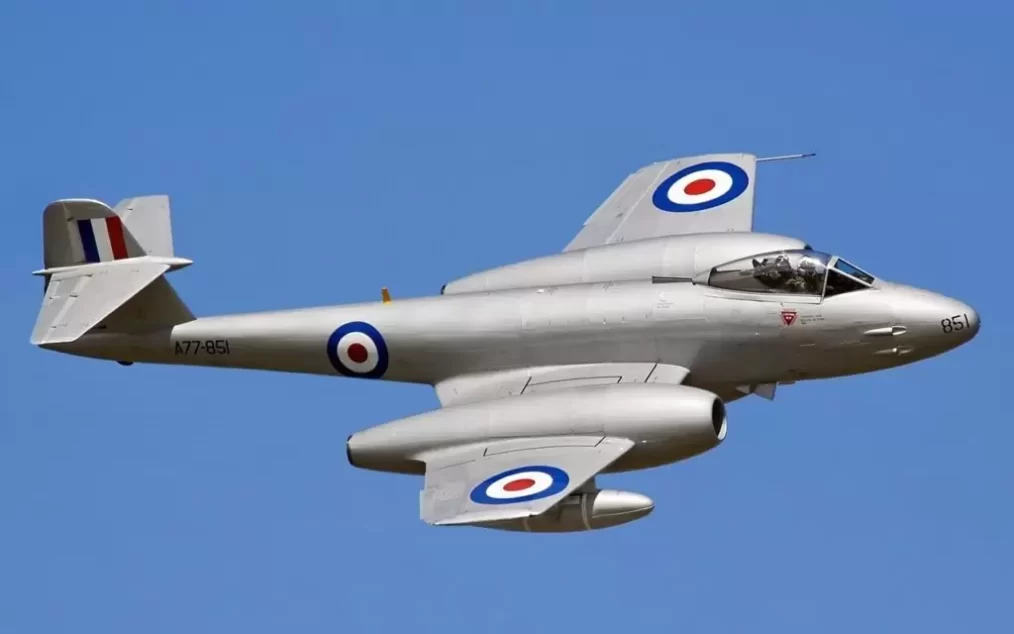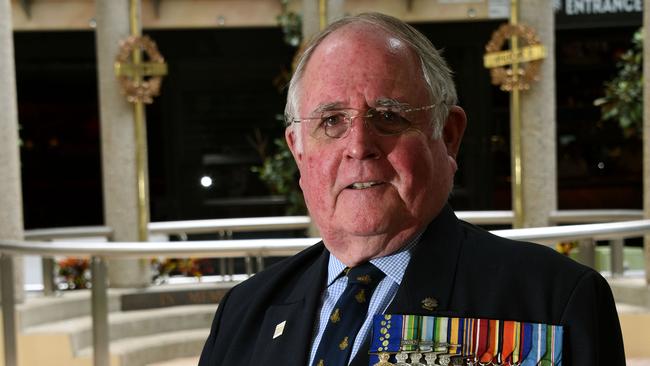On July 16, 1965, the resounding echoes of artillery fire pierced the air as 161 Battery, strategically stationed at Bien Hoa air base near Saigon, unleashed its firepower upon a Viet Cong position. This formidable display of force was undertaken in unwavering support of 1RAR, the Australian Army unit intricately attached to the renowned American 173rd Airborne Brigade.
Fast forward just over a year to August 18, 1966, and 161 Battery of the 16 Field Regiment, Royal New Zealand Artillery (RNZA), found itself in a pivotal role once again. Positioned within the 1st Australian Task Force at Nui Dat, South Vietnam, this artillery unit played a crucial role in the Battle of Long Tan. Collaborating seamlessly with Australian artillery units—103 Battery and 105 Battery of the Royal Australian Army, and the 2/35th Howitzer Battalion of the US Army—161 Battery, RNZA, made history.
The Battle of Long Tan saw the valiant efforts of D Company, 6RAR, against overwhelming odds. The Forward (Artillery) Observers attached to D Company, including Capt Morrie Stanley, Bdr Willie Walker, and Bdr Murray Broomhall from 161 Battery, RNZA, took charge of orchestrating the firepower from 24 guns. Stationed in the rubber plantation known as Long Tan, they maintained an astonishing rate of fire, averaging 6-8 rounds per minute—2 above the intense rate—for over 3.5 relentless hours.
In a remarkable testament to courage and resilience, 105 Australians and 3 New Zealanders from D Company, 6RAR, faced off against a staggering force of 2,500 North Vietnamese and Viet Cong soldiers. The battle concluded with a decisive victory for the Australian and New Zealand forces, but not without a heavy toll. Eighteen Australians and more than 500 Viet Cong and North Vietnamese soldiers lost their lives in the ferocious encounter.
The Vietnam War marked a significant chapter in New Zealand’s military history. Between June 1964 and December 1972, over 3,000 New Zealand military personnel served in South Vietnam. At its zenith in 1968, the New Zealand force numbered 543. Notably, this conflict was distinctive as it marked the first time New Zealand did not align itself with Great Britain in war. Instead, New Zealand collaborated with the United States and Australia, reaffirming its commitment to global alliances and its role in international conflicts. The toll on New Zealand forces was profound, with 37 men losing their lives and 187 sustaining injuries during their active service in Vietnam.











